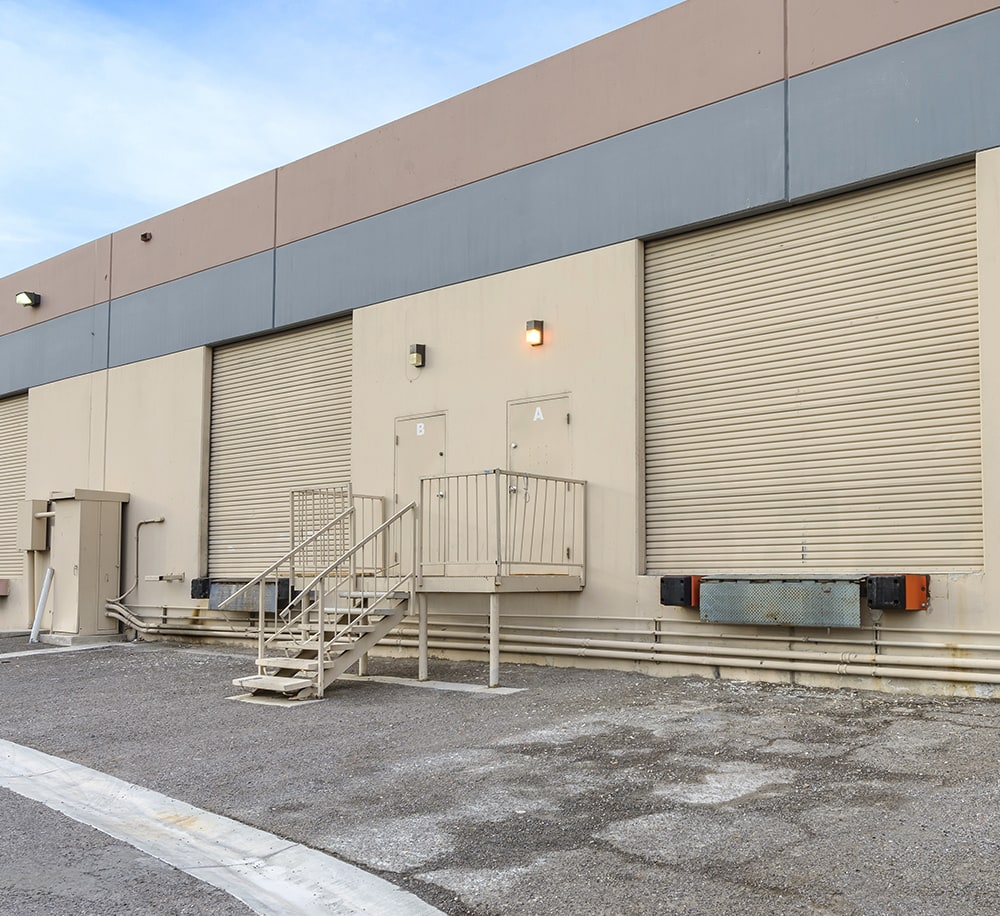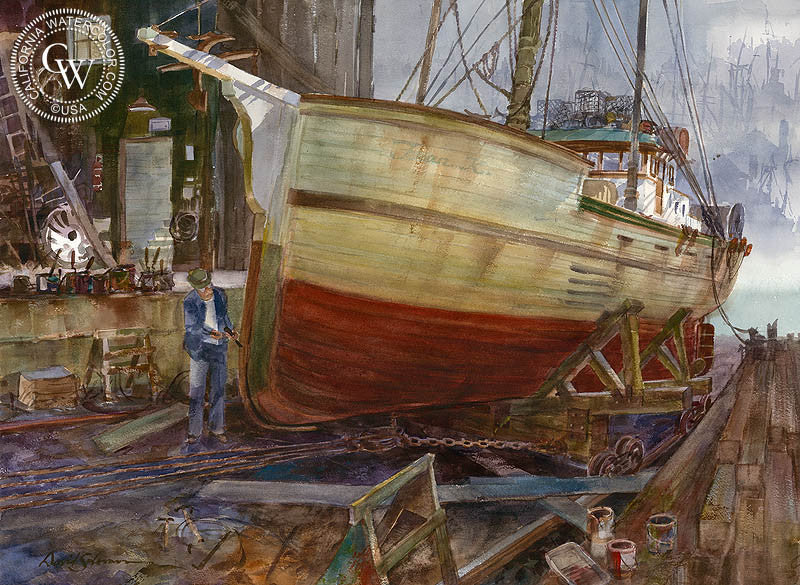Reliable Dock Fixing Techniques: Making Certain Architectural Integrity
Guaranteeing the structural honesty of anchors through reliable repair work techniques is vital for the longevity and safety of aquatic facilities. Subsequently, selecting the appropriate repair products, such as corrosion-resistant alloys and composite products, is important for resilience.
Analyzing Dock Damages
Examining dock damage is an important primary step in guaranteeing the architectural integrity and safety of any type of docking center. This first assessment entails an extensive evaluation to determine both visible and hidden damages. Secret aspects to take a look at consist of the dock's structure, pilings, outdoor decking, and equipment. Each component must be inspected for indications of wear, rot, rust, or various other types of destruction that could compromise the structural honesty.
Structural engineers or certified examiners usually perform these analyses utilizing specialized techniques and tools. For example, undersea examinations might use sonar devices or from another location operated automobiles (ROVs) to identify submerged damages. Above water, aesthetic inspections are enhanced by making use of wetness meters and various other analysis tools to reveal underlying problems not instantly visible to the nude eye.

Finding Repair Products
Selecting the proper repair materials is a crucial action in the dock repair procedure, one that straight influences the longevity and efficiency of the repaired structure. Material option have to be driven by aspects such as environmental problems, load-bearing needs, and compatibility with existing dock parts. Timber is a conventional option for anchors due to its natural durability and visual appeal. Picking the best kind of timber, such as pressure-treated lumber or normally rot-resistant species like cedar or teak, is critical to withstand water settings.
In enhancement to wood, composite products are increasingly popular due to their toughness and reduced upkeep needs. Compounds, commonly made from a mix of plastic and timber fibers, use outstanding resistance to rot, pests, and UV damage. For steel docks, choosing corrosion-resistant alloys such as galvanized steel or marine-grade aluminum is vital to protect against corrosion and guarantee architectural stability in saline water problems.
Epoxy materials and marine-grade sealants are indispensable for fixing splits and sealing joints, providing a water-proof barrier and enhancing the dock's general toughness. By thoroughly selecting high-grade materials, dock repairs can accomplish long-lasting outcomes, thus guarding versus future degradation and making sure safe, reliable usage.
Architectural Reinforcement Techniques
Reliable architectural reinforcement techniques are critical in guaranteeing the stability and long life of dock repairs. One fundamental approach involves the usage of steel or composite reinforcement bars (rebar) within concrete frameworks. Rebar provides added tensile stamina, preventing cracks and dispersing loads extra equally. This approach is especially effective for docks revealed to heavy tons or severe ecological conditions.
An additional crucial strategy is the application of fiber-reinforced polymers (FRP) These products supply high strength-to-weight proportions and exceptional resistance to rust, making them suitable for strengthening concrete or wooden anchors. FRP can be used in sheets or strips and adhered with epoxy materials to improve structural integrity.
Bracing and anchoring systems likewise play a critical role in structural support. Cross-bracing, making use of metal or wood light beams, can counteract side forces, minimizing guiding and activity. Securing systems, such as helical piers or driven check my site heaps, provide a stable foundation by moving lots to much deeper, much more steady dirt layers.
Last but not least, the integration of load-distribution plates can help distribute weight a lot more equally throughout the dock's surface, alleviating local stress and anxiety factors. These strategies jointly make sure that anchors continue to be durable and secure, capable of standing up to the rigors of their operational setting.
Advanced Fixing Methods

Another advanced technique involves underwater welding, which enables repair work to be carried out without the requirement to dewater the area. This technique is particularly beneficial for attending to structural problems in submerged dock components, guaranteeing very little interruption to procedures. Improved welding methods, paired with robotic systems, provide precision and integrity, thereby extending the lifespan of the dock.
Furthermore, cathodic security systems are carried out to stop deterioration in metal dock frameworks. By utilizing sacrificial anodes or impressed current systems, these techniques successfully alleviate the electrochemical procedures that result in product wear and tear.
Lastly, progressed monitoring innovations, such as structural health and wellness monitoring (SHM) systems, supply real-time information on the condition of dock frameworks. These systems enable proactive upkeep and timely interventions, ultimately ensuring the long-lasting structural integrity of the dock.
Maintenance and Prevention
Maintenance and avoidance are basic principles that underpin the long life and safety of dock frameworks. Routine assessments are vital, enabling for very early discovery of damage, possible weak points, and environmental impacts. An aggressive approach, entailing routine checks for corrosion, rot, and architectural shifts, minimizes expensive fixings and extends the dock's operational life.
Safety nets need to include applying protective layers to metal components to guard against rust and using cured wood to withstand degeneration. In addition, guaranteeing correct water drainage and air flow can protect against water accumulation, which is a typical reason of architectural degradation. Integrating high quality products view it now and sticking to maker standards throughout construction and repair service stages also play vital duties in enhancing toughness.

Educating personnel in dock maintenance best practices ensures regular application of preventive measures. Leveraging technical advances, such as drones for look at this website inspections and sensors for real-time monitoring, can better enhance maintenance initiatives. By focusing on maintenance and prevention, dock proprietors can make certain architectural stability, functional safety and security, and cost-effective administration over the dock's life-span.
Verdict
Finally, maintaining the structural honesty of marine facilities requires detailed dock fixing strategies. Comprehensive examinations making use of sophisticated devices discover both visible and hid damages, while the option of proper repair work products improves resilience. Implementing architectural reinforcement approaches addresses tension factors efficiently. Advanced repair strategies, combined with regular upkeep practices, make certain the dock stays risk-free and operational under varied environmental conditions. Embracing these strategies significantly lengthens the life expectancy and functionality of aquatic infrastructure.
Ensuring the architectural honesty of anchors through effective fixing techniques is vital for the long life and safety of aquatic facilities.Selecting the appropriate repair service products is a crucial step in the dock reconstruction process, one that directly influences the long life and efficiency of the fixed structure.Effective architectural support strategies are essential in ensuring the stability and durability of dock fixings. By focusing on upkeep and avoidance, dock owners can guarantee architectural stability, functional safety and security, and cost-effective administration over the dock's life-span.
In conclusion, preserving the architectural honesty of aquatic facilities necessitates detailed dock repair service strategies.